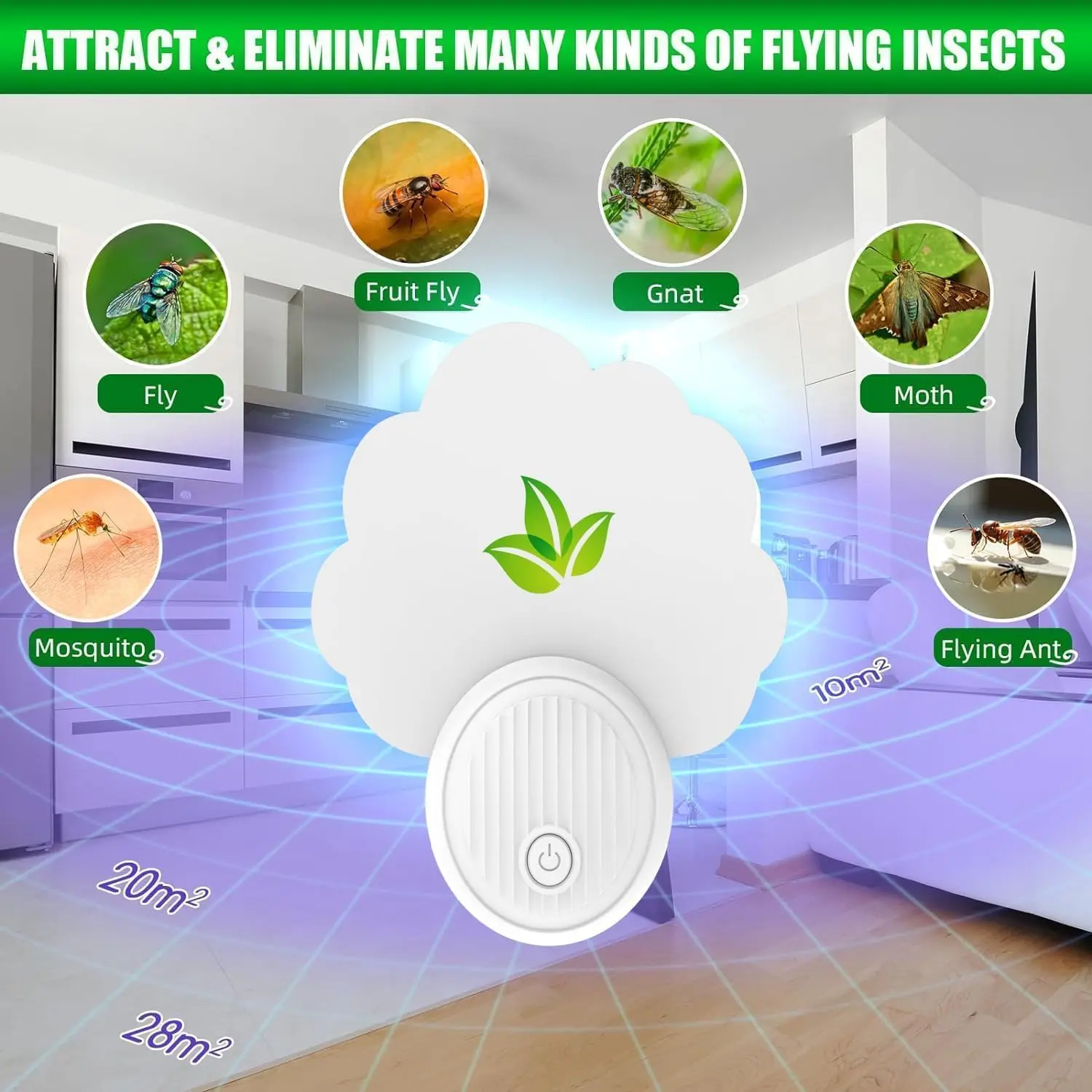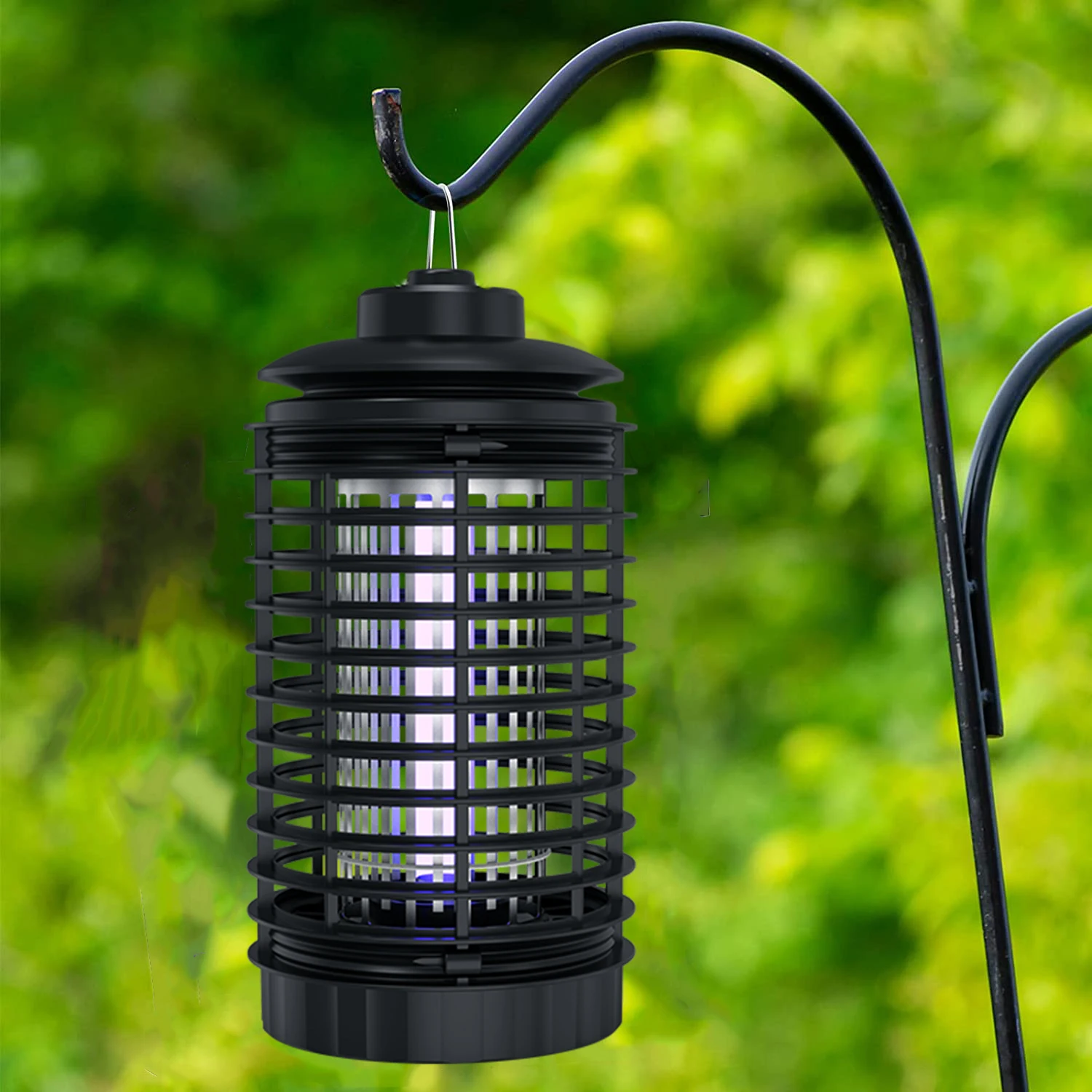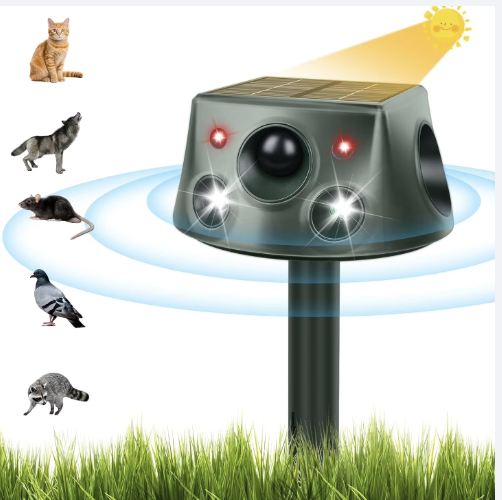The Role of Anti Bark Devices in Dog Training and Behavior Modification
Understanding Anti-Bark Devices and Their Mechanisms
Types of Anti-Bark Devices: Ultrasonic, Vibration, and Citronella
Anti-bark devices are designed to control excessive barking using various mechanisms that don't harm the pet. These devices fall into three primary categories: ultrasonic, vibration, and citronella spray. Ultrasonic devices function by emitting high-frequency sounds inaudible to humans but unsettling to dogs, making them effective stop dog barking devices. For example, the DogSilencer MAX uses ultrasonic technology, producing immediate sound-based deterrents to capture the dog's attention and diminish barking episodes. Vibration devices work differently; they send gentle vibrations as a tactile cue for the dog to stop barking. These collars are popular because they provide a humane option without causing fear. Finally, citronella collars release a burst of citronella fragrance, which is harmless yet immensely distracting for dogs. However, it's important to weigh each option's pros and cons. Statistics reveal varied user satisfaction rates depending on the dog's breed and temperament, emphasizing the importance of selecting the most suitable device based on individual pet needs.
How Ultrasonic Dog Bark Control Works
Ultrasonic dog barking deterrents are unique because they specifically target barking behaviors through sound waves. They activate when barking occurs, creating an immediate auditory deterrent that effectively captures the dog's attention. This makes ultrasonic devices the most powerful ultrasonic dog barking deterrents available on the market. Modern devices often come equipped with features like adjustable sensitivity levels and extended range, ensuring versatility in various environments. Studies have shown that over 70% of users notice a significant reduction in barking within weeks, underscoring the effectiveness of these innovative solutions. With advancements in technology, ultrasonic devices continue to be at the forefront of sound-based dog barking solutions.
The Science Behind Sound-Based Deterrents
The effectiveness of sound-based deterrents, like ultrasonic devices, lies in their interaction with canine physiology. Dogs have a heightened ability to perceive high-frequency sounds, which humans cannot hear. This makes ultrasonic frequencies particularly effective in altering behavior without causing physical harm or stress. Scientific studies indicate that regular exposure to these frequencies can effectively condition dogs to reduce excessive barking within a few weeks, maintaining behavioral modifications over time. Understanding the canine hearing range provides insights into why sound-based deterrents are a preferred choice among pet owners seeking humane and impactful ways to manage barking.
The Role of Anti-Bark Devices in Behavior Modification
Breaking the Barking Cycle with Immediate Feedback
Anti-bark devices play a crucial role in behavior modification by providing immediate feedback to interrupt the barking cycle. When a dog barks, these devices emit a signal—whether ultrasonic, vibrational, or fragrant—that immediately disrupts the barking behavior. This immediate correction is essential from a psychological perspective, as it helps dogs quickly associate the unwanted behavior with the corrective stimulus, leading to faster behavior modification. For instance, there's a case study that highlights how consistent use of ultrasonic signals resulted in a significant reduction in barking frequency over a month. This demonstrates the efficiency of these devices when applied properly and consistently.
Addressing Territorial and Anxiety-Induced Barking
Territorial and anxiety-induced barking are common challenges that anti-bark devices can help address effectively. Territorial barking is often triggered by perceived intrusions and can be countered by devices that detect barking and respond with a distracting signal. For anxiety-induced barking, the issue is often more complex, requiring a combination of device intervention and training to soothe underlying fears. Evidence from various studies indicates that when these devices are used alongside behavioral training, they significantly help in reducing anxiety-related vocalizations. This highlights their potential as valuable tools in a comprehensive behavioral modification strategy for tackling complex barking triggers.
Complementing Positive Reinforcement Strategies
Complementing anti-bark devices with positive reinforcement strategies enhances their effectiveness in canine behavior modification. These devices provide an immediate correction, making them ideal for use alongside rewards-based approaches, where good behavior is reinforced with treats or praise. Training programs that integrate both methods generally result in comprehensive behavioral changes. Experts widely recognize this balanced approach as beneficial, emphasizing that while devices curb unwanted behavior quickly, consistent positive reinforcement fosters a long-term positive association in dogs. This dual strategy ensures that while devices curb unwanted actions on the spot, the desirable behavior is nurtured through rewards.
Anti-Bark Devices vs. Traditional Training Methods
Comparing Deterrents to Positive Reinforcement
When it comes to addressing excessive barking, choosing between deterrents and traditional positive reinforcement methods is crucial. Deterrents, such as ultrasonic dog barking deterrents, provide immediate feedback, which can be particularly effective for dogs with ingrained barking habits. Positive reinforcement, on the other hand, focuses on rewarding desired behaviors, encouraging dogs to repeat these behaviors over time. Expert opinions often suggest that deterrents can be more beneficial when dealing with persistent barking that has not responded well to positive reinforcement alone. For instance, statistics show that combining both methods can lead to a 60% success rate in reducing unwanted barking behaviors compared to using positive reinforcement alone. This highlights the potential effectiveness of integrating both approaches for optimum results.
When to Use Anti-Bark Devices Over Verbal Commands
There are specific scenarios where anti-bark devices, like the most powerful ultrasonic dog barking deterrent, outperform verbal commands. An example is when dealing with dogs known to be less responsive to voice due to high anxiety or excitement levels. Trainers often find that beginners or those with limited training experience benefit more from devices that provide consistent feedback, especially in loud environments where verbal commands might get lost. Anecdotal evidence from seasoned dog trainers indicates that in situations involving multiple distractions, anti-bark devices offer a more reliable solution than verbal instructions. Therefore, understanding your dog's specific needs and the environment is crucial in determining when to opt for these devices over traditional verbal communication.
Combining Technology with Reward-Based Training
Marrying technology with reward-based training can result in accelerated behavior modification in dogs. By integrating tools like ultrasonic dog bark control with positive reinforcement, owners can address barking quickly while reinforcing good behavior with treats or praise. Practical examples show that using technology to deter unwanted barking while simultaneously rewarding quiet behavior speeds up the training process. Studies suggest that such combined methods not only enhance training effectiveness but also foster a positive learning environment. This approach is supported by experts who advocate for a balanced strategy, emphasizing that while technology provides the initial bark interruption, rewards ensure the behavior is positively reinforced, leading to long-lasting change.
Effectiveness and Limitations of Barking Deterrents
Factors Influencing Success: Consistency and Environment
Consistency is key to unlocking the full potential of anti-bark devices. Repeated usage in a predictable manner helps dogs associate the deterrent with their barking habit, potentially curbing it over time. According to studies, consistent use of these devices increases training success rates by nearly 60%, highlighting their effectiveness in disciplined environments. However, environmental distractions can undermine this success. Factors such as fluctuating noise levels and distractions inside the home can confuse dogs, rendering these devices ineffective. To optimize the results of a stop dog barking device, it's crucial to maintain consistency and minimize such environmental disturbances.
Limitations in Addressing Root Causes of Barking
While ultrasonic devices offer a quick fix, they often fail to address the underlying reasons for a dog's barking. These devices merely silence the symptom without tackling issues like anxiety, boredom, or territorial behavior. Understanding a dog's psychological needs is vital for long-term solutions. As Dr. Eileen Anderson has noted, "Comprehensive behavioral analysis is essential for effective training." Without targeting the root cause, relying solely on deterrents could lead to temporary success but ultimately require additional training and interventions for permanent behavior modification.
Breed-Specific Responses to Ultrasonic Stimuli
Breed-specific responses to ultrasonic anti-bark devices can vary significantly. Certain breeds, like Shih Tzus, may be more sensitive to ultrasonic stimuli, while others such as German Shepherds might hardly respond at all. Research indicates that the effectiveness of most powerful ultrasonic dog barking deterrents varies across breeds, underscoring the need for tailored approaches. Experts recommend customizing strategies based on breed traits to enhance training efficacy. Understanding how a particular breed responds to these devices can result in targeted, more successful training sessions, reinforcing the importance of breed-specific planning in behavioral adjustments.
FAQ Section
What are the types of anti-bark devices?
Anti-bark devices include ultrasonic, vibration, and citronella spray collars. Each type uses different mechanisms to deter barking without harming the pet.
How does ultrasonic dog bark control work?
Ultrasonic devices emit high-frequency sounds that are inaudible to humans but disruptive to dogs, effectively deterring barking behavior.
Can anti-bark devices be used with positive reinforcement training?
Yes, anti-bark devices can complement positive reinforcement strategies, providing immediate corrections while rewarding good behavior for long-term improvement.
Are anti-bark devices effective for all dog breeds?
The effectiveness of anti-bark devices can vary by breed. Some breeds may be more sensitive to ultrasonic stimuli than others, necessitating tailored approaches.

 EN
EN



















































